Casa PS-50
Tarifa, 2022Single family house facing the Atlantic ocean.
A+ Single House Award 2023
COAM Luis M. Mansilla Award Mention 2023
Finalist XVI Bienal Española de Arquitectura y Urbanismo
Finalist Premios FAD 2023
Selected Premios Arquitectura CSCAE 2022
Premio Sánchez Esteve 2022/23
Vivienda unifamiliar frente al océano Atlántico.
Premio A+ Vivienda Unifamiliar 202
Mención Premio COAM Luis M. Mansilla 2023
Finalista XVI Bienal Española de Arquitectura y Urbanismo
Finalista Premios FAD 2023
Seleccionada Premios Arquitectura CSCAE 2022



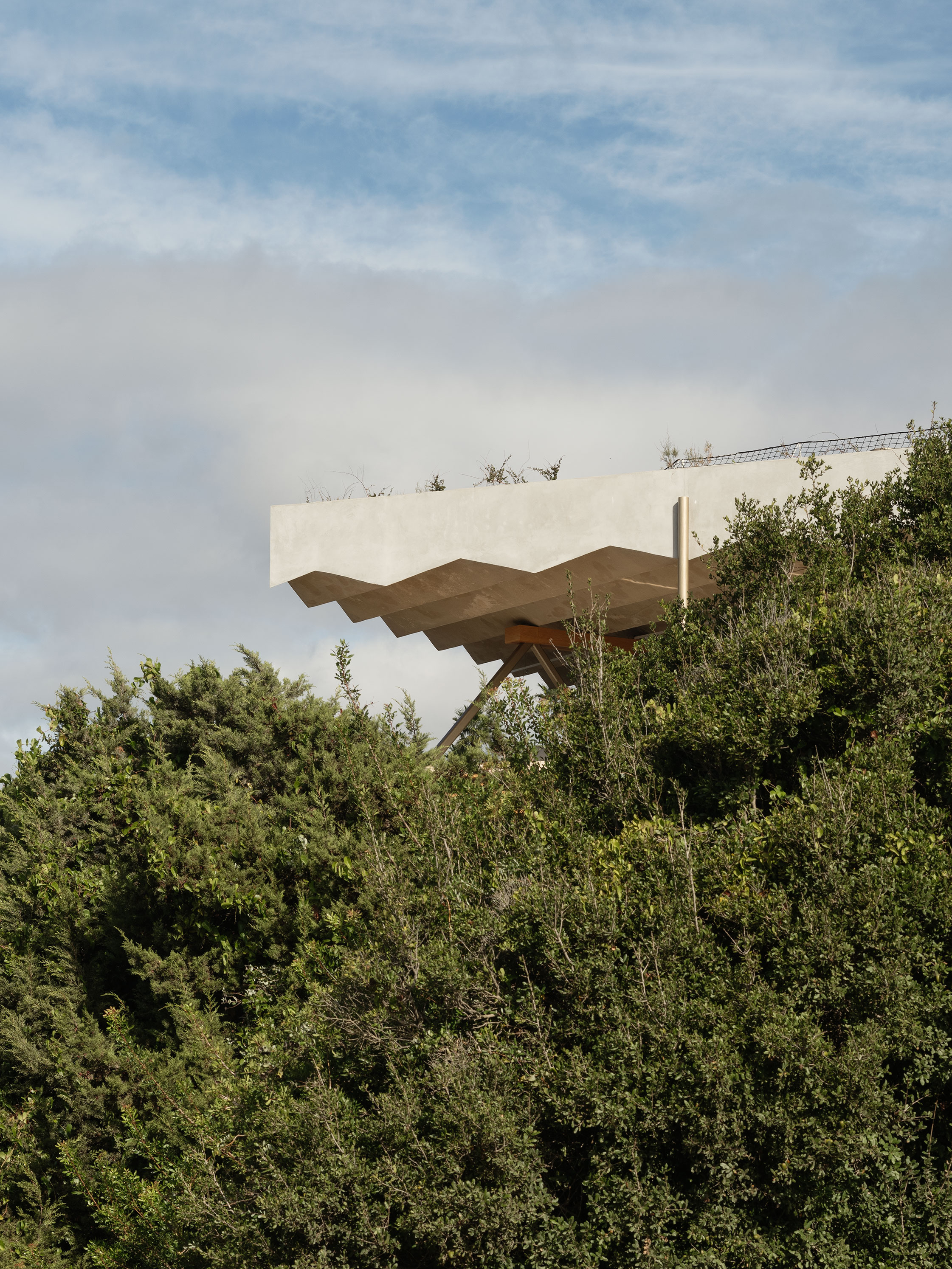
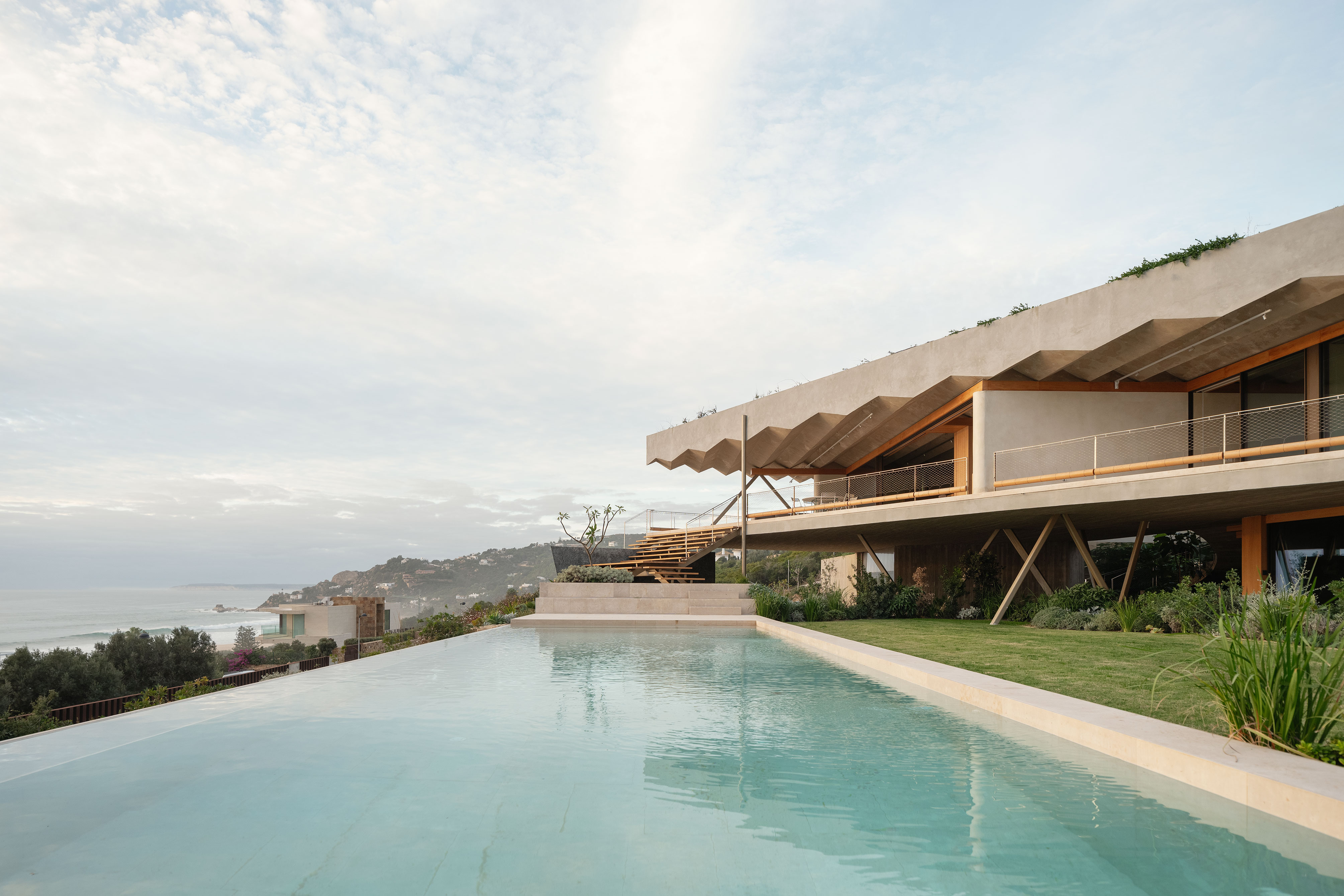
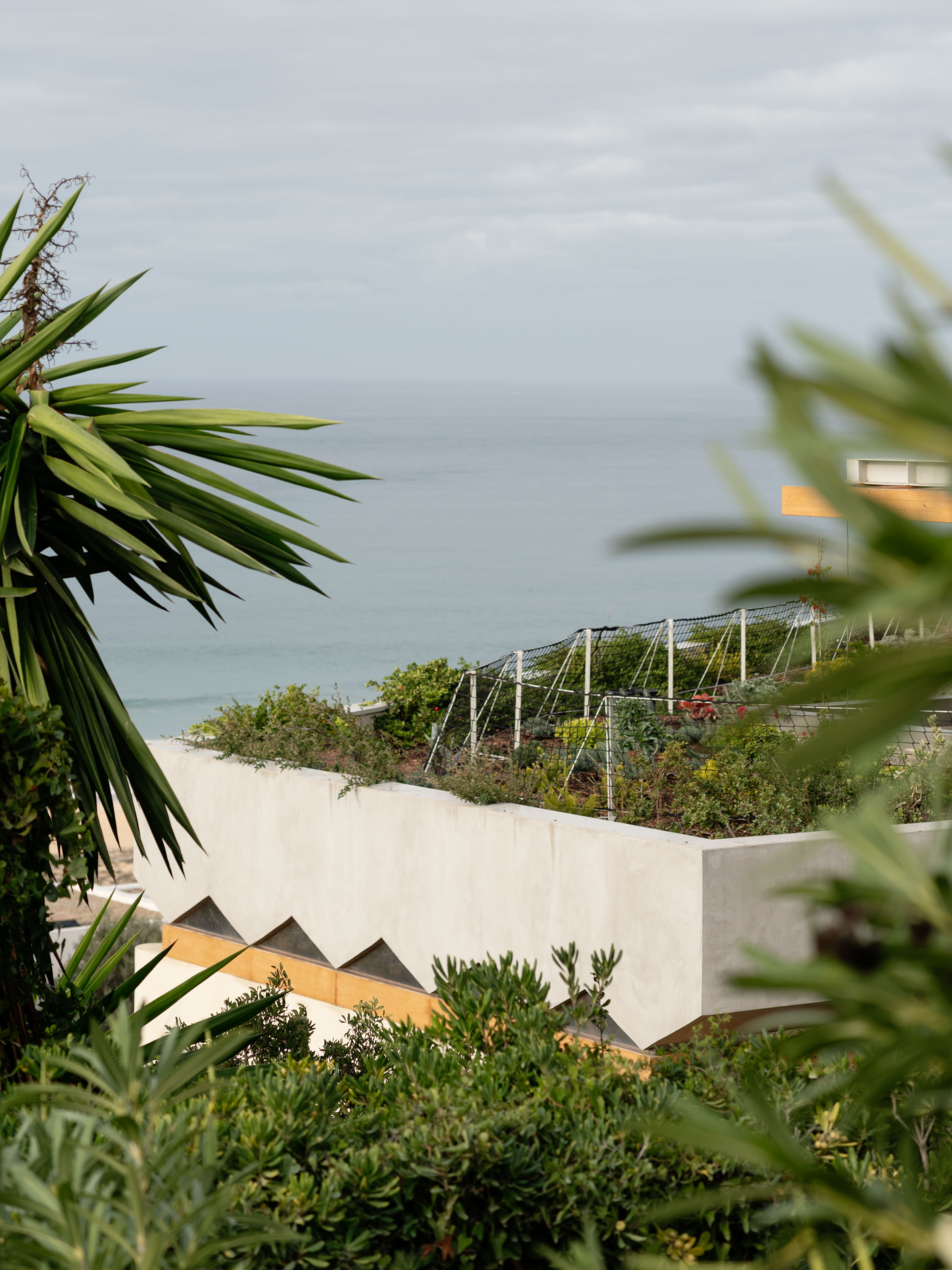







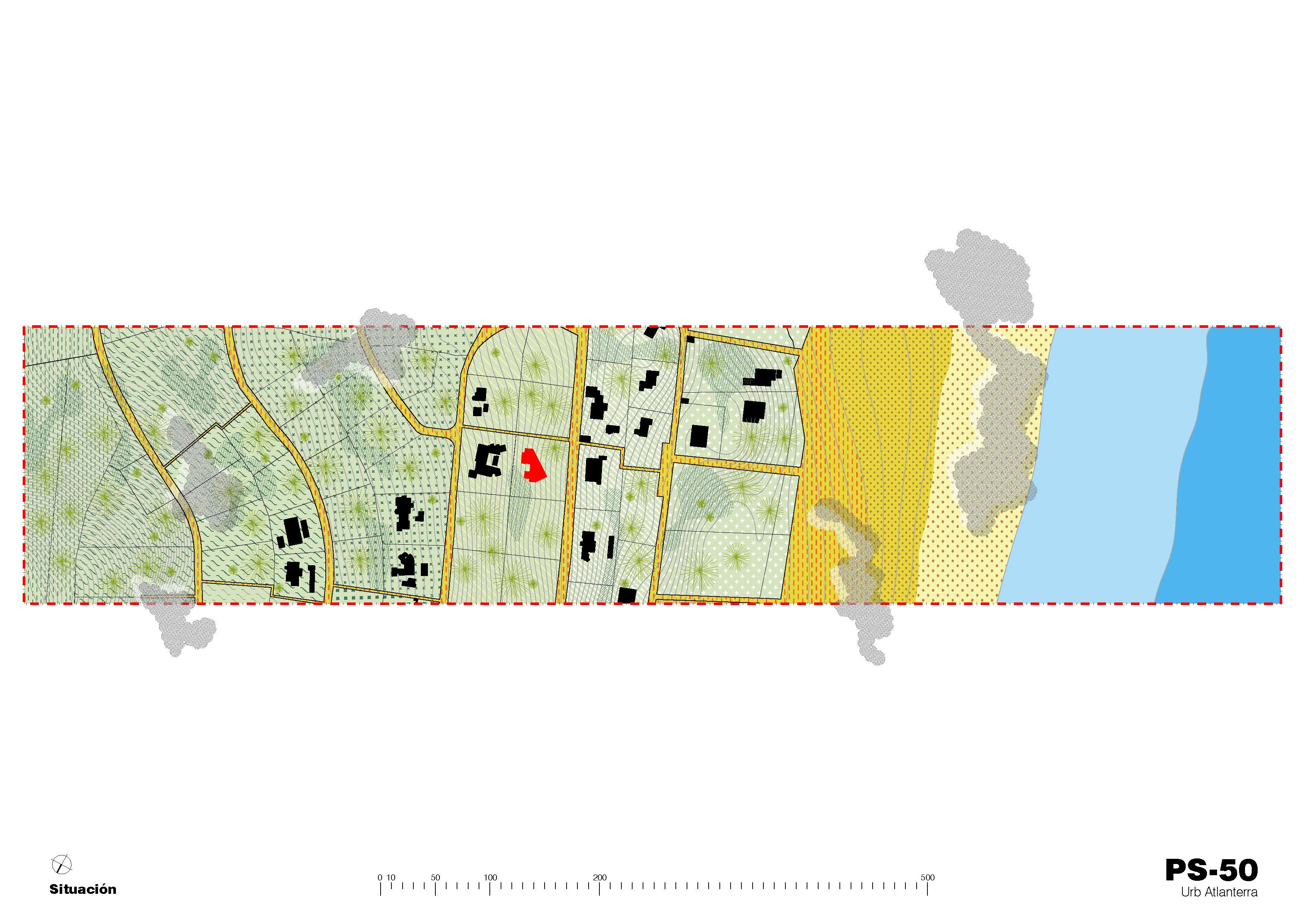
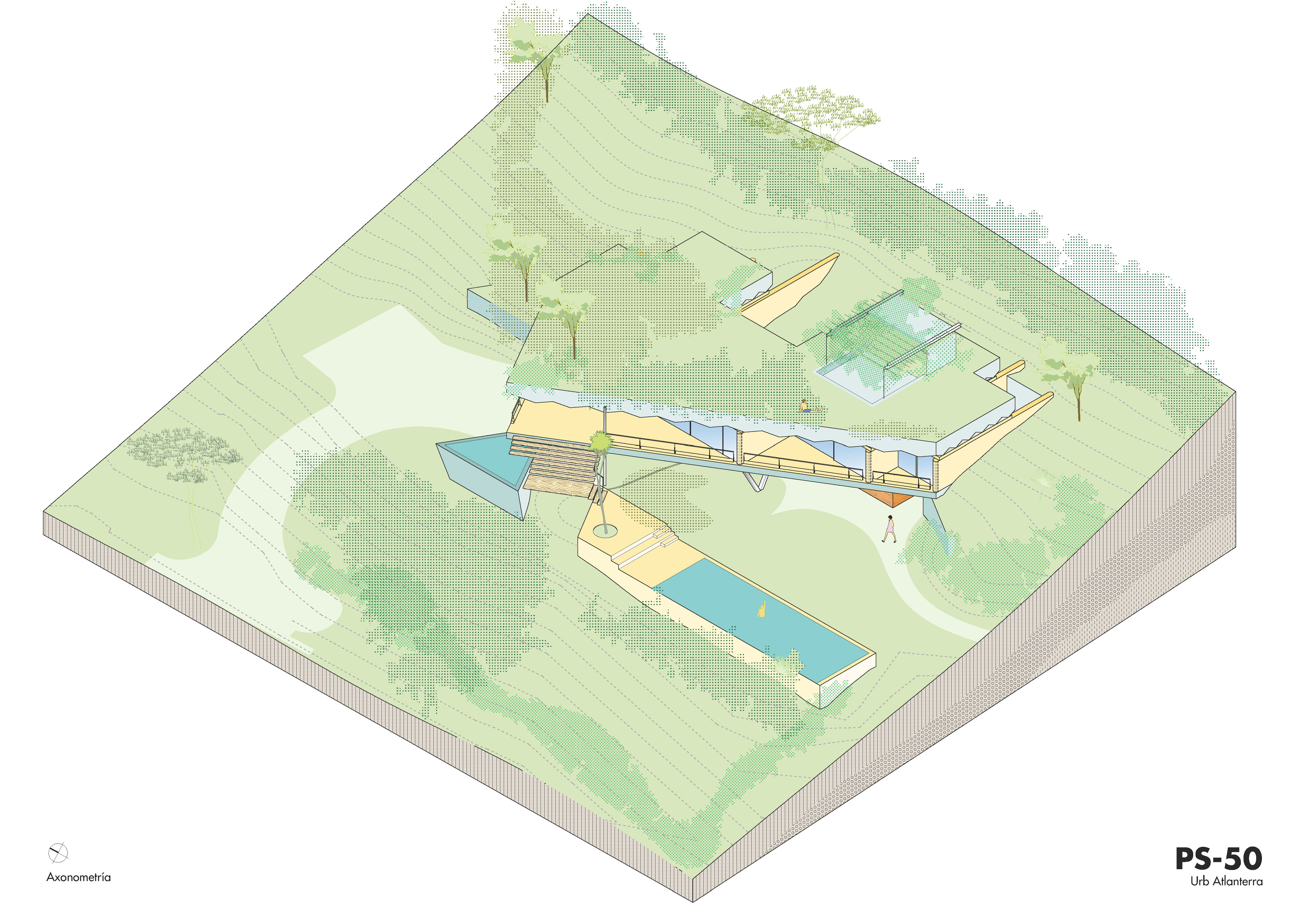
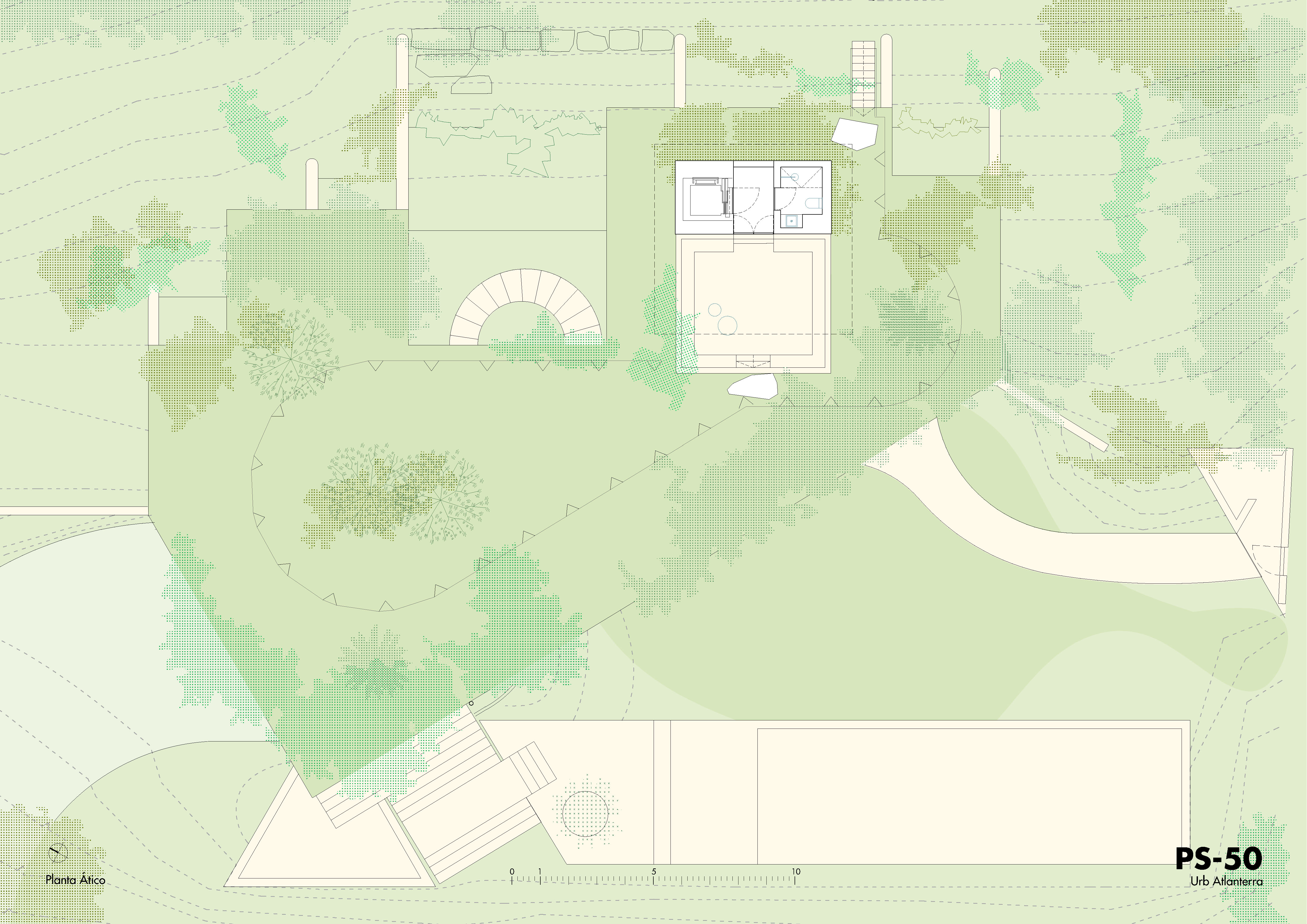




Authors: Langarita-Navarro Arquitectos, Víctor Navarro, María Langarita.
Team: Antonio Antequera, Javier Estebala Alández, Fran Abellán Estevan, Pepe Susín.
Surveyor: José Ignacio Calderón Naval (Max Project).
Landscape: Ambienta.
Mechanics: Argenia Ingeniería y Arquitectura SL + BAC Engeneering.
Structure: Bernabéu Ingenieros.
Photos: Luis Díaz Díaz.
‘ The lead character in this project is an extraordinary coastal landscape; thick, rugged, and impregnable, resisting the assaults of the Atlantic winds. We imagine the possibility of living under the cover of this greenery with the self-imposed objectives of being large and at the same time inconspicuous, while also invoking the unexpected behaviours of bodies and matters.
The roof takes on the shape of a large section of the terrain, elevated onto a concrete slab that supports the important weight of an intensive green roof, restoring the pre-existing vegetation. The zigzag pattern of the roof makes it possible to cover long spans and reduces its own weight, as well as conveying a sense of near-impossible lightness, almost like that of a fabric blowing in the wind.
A series of parallel walls organises the house plan, lightly touching the roof from below. Their placement allows the organisation of uses, as well as managing the changing easterly and westerly winds. By opening and closing the floor-to-ceiling glass panes as needed, it is possible to deploy a configuration to expose or defend the spaces from each of the prevailing winds, using them as if one were on a boat.
The main volume of the house is elevated, embedded into the terrain and overlooking the sea like the bow of a ship, leaning on a granite well carved into a prism. From here, a cascade of terraces and steps unfold outward, providing access to the swimming pool and the grounds. The access is located in a courtyard open to the sea where one goes up a generous helical staircase around a lush garden sheltered from the wind.
Its material character – using lime stucco walls, horizontal concrete surfaces, reflective steel, and dark window and door frames – makes the house difficult to see from the sea, as it sits hunkered down among the vegetation, mimicking the colours of the natural surroundings, the shrubbery, and chalky rock.
The main body of vegetation is a selection of native species with low water needs across the plot’s free spaces and over the rooftop, with the medium term aim of returning the image of the landscape prior to the construction to the area, as well as reducing the thermal load of the house by making the most of evapotranspiration.’